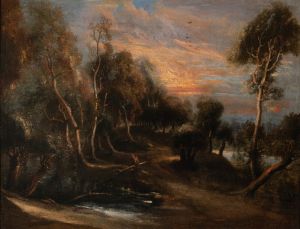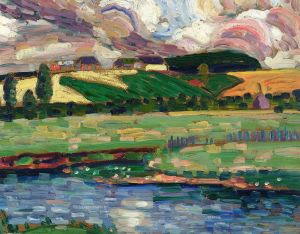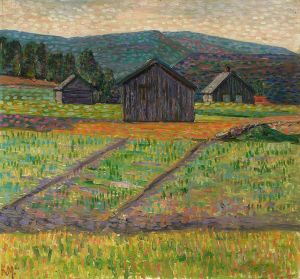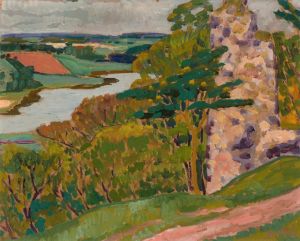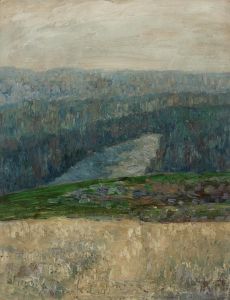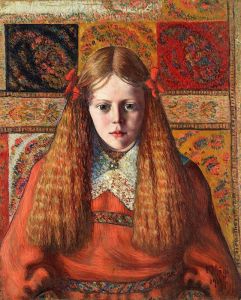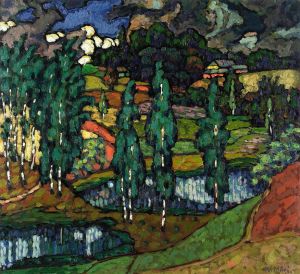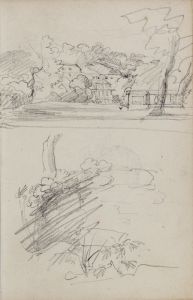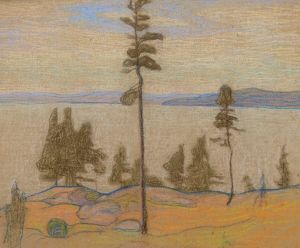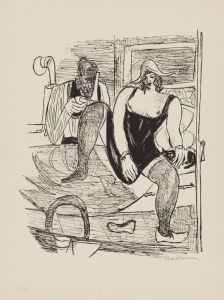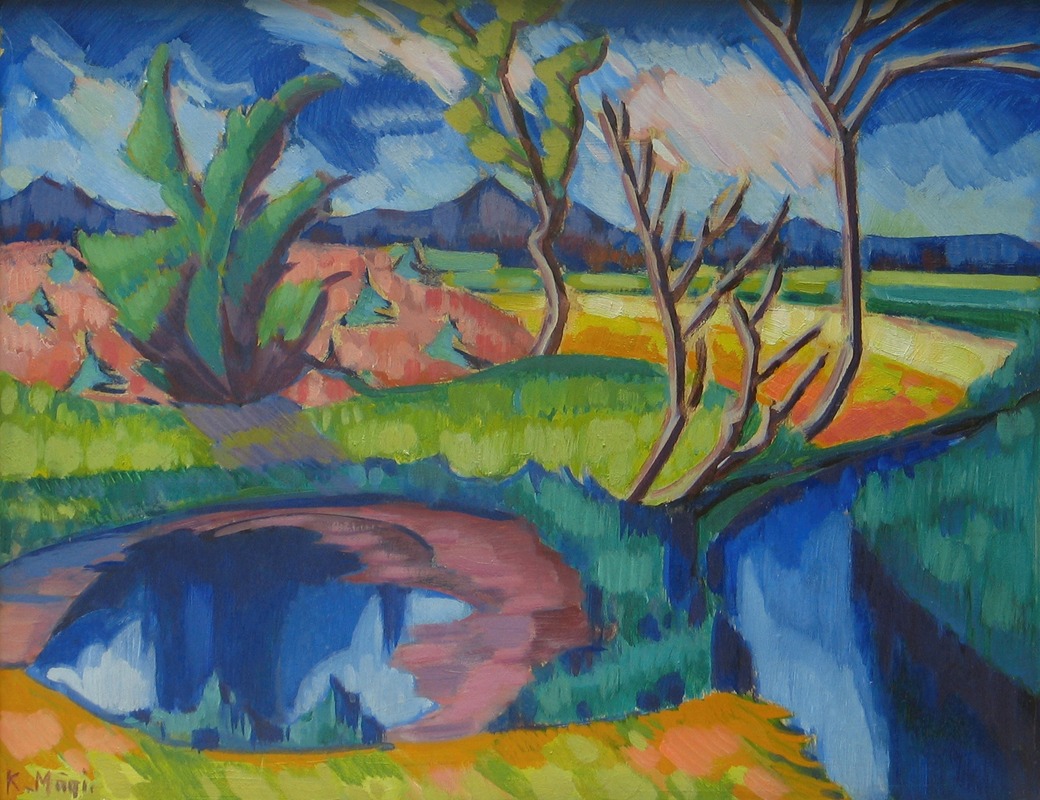
Maastik
A hand-painted replica of Konrad Mägi’s masterpiece Maastik, meticulously crafted by professional artists to capture the true essence of the original. Each piece is created with museum-quality canvas and rare mineral pigments, carefully painted by experienced artists with delicate brushstrokes and rich, layered colors to perfectly recreate the texture of the original artwork. Unlike machine-printed reproductions, this hand-painted version brings the painting to life, infused with the artist’s emotions and skill in every stroke. Whether for personal collection or home decoration, it instantly elevates the artistic atmosphere of any space.
Konrad Mägi was an Estonian painter known for his vibrant landscapes and unique style that combined elements of Impressionism and Expressionism. One of his notable works is "Maastik," which translates to "Landscape" in English. Mägi's landscapes are celebrated for their bold use of color and dynamic compositions, capturing the essence of the natural world with emotional intensity.
"Maastik" exemplifies Mägi's ability to convey the beauty and spirit of the Estonian landscape. His work often features rolling hills, lush forests, and expansive skies, rendered in a palette that ranges from vivid blues and greens to warm earth tones. Mägi's technique involves applying paint in thick, expressive strokes, creating a sense of movement and vitality within the scene. This approach reflects his interest in capturing not just the physical appearance of the landscape, but also its emotional resonance.
Born in 1878 in the town of Rõngu, Mägi's artistic journey began in Estonia, but he later traveled extensively, studying in places like Saint Petersburg and Paris. These experiences exposed him to various artistic movements and influenced his development as a painter. Mägi's work is often associated with the Nordic landscape tradition, yet his style is distinctly his own, marked by a synthesis of international influences and a deep connection to his homeland.
Throughout his career, Mägi was part of the "Pallas" art school in Tartu, which played a significant role in shaping modern Estonian art. His contributions to the Estonian art scene were substantial, and he is regarded as one of the country's most important artists of the early 20th century. Mägi's landscapes, including "Maastik," are seen as a celebration of Estonia's natural beauty and a reflection of the national identity during a time of cultural awakening.
"Maastik" and other works by Mägi are housed in various collections, including the Art Museum of Estonia. His paintings continue to be studied and admired for their innovative use of color and form, as well as their ability to evoke a strong sense of place and emotion. Mägi's legacy endures as a testament to his skill and vision, and his landscapes remain a source of inspiration for both art enthusiasts and fellow artists.
In summary, Konrad Mägi's "Maastik" is a significant work that captures the essence of the Estonian landscape through expressive color and dynamic composition. Mägi's contribution to art is marked by his unique style and his role in the development of modern Estonian painting. His landscapes are not only visually striking but also deeply evocative, reflecting both the natural beauty of Estonia and the emotional depth of its cultural heritage.





